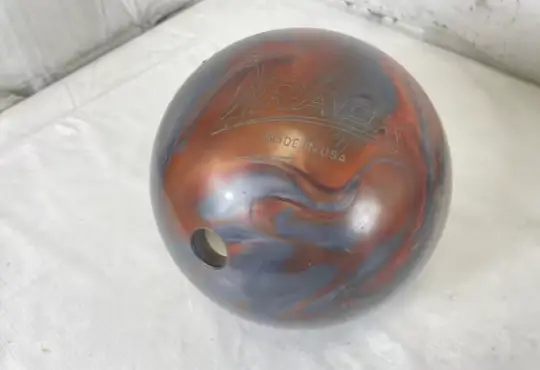
Decoding the Average Bowling Score: What’s Considered Par for the Lanes?
Bowling is a sport that combines skill, strategy, and a dash of luck to knock down those pins and achieve the ultimate goal – a high score. But what exactly is an average bowling score, and how do bowlers measure up against it? In this blog post, we’ll explore the concept of the average bowling score, factors that influence it, and what it means for bowlers of all levels.
Understanding the Average Bowling Score
An average bowling score refers to the numerical value that represents the typical performance of a bowler over a series of games. In most cases, it’s calculated by adding up the total pinfall from multiple games and then dividing that sum by the number of games played. This calculation provides an average score that gives insight into a bowler’s consistent performance over time.
Factors Affecting Average Bowling Scores
Several factors can influence a bowler’s average score:
- Skill Level: A bowler’s skill level, including their ability to consistently hit their mark, control the ball’s hook, and pick up spares, greatly impacts their average score. More experienced bowlers tend to have higher averages.
- Lane Conditions: The oil pattern applied to the lanes can significantly affect ball reaction and overall performance. Adjusting to varying lane conditions requires adaptability and can impact scores.
- Equipment: The type of bowling ball, its weight, core design, and surface texture can influence how well a bowler performs. The right equipment can complement a bowler’s style and contribute to higher scores.
- Consistency: Consistency in delivery, timing, and approach plays a crucial role in achieving high average scores. Bowlers who can repeat their shots accurately tend to have better results.
Average Scores for Different Skill Levels
- Beginners: For novice bowlers, an average score typically falls between 100 and 150. As they learn the basics, work on their technique, and gain experience, their scores tend to improve.
- Intermediate Bowlers: Bowlers with some experience and practice usually have average scores ranging from 150 to 180. At this level, they start to develop more control and accuracy.
- Advanced Bowlers: Advanced bowlers often have averages ranging from 180 to 220 or higher. These bowlers have honed their skills, developed a consistent approach, and can handle a variety of lane conditions.
- Professional Bowlers: Professional bowlers who compete on a high level may have average scores well above 220. Their exceptional skills, extensive training, and intimate knowledge of the sport contribute to their impressive averages.
Working Towards Improvement
Regardless of skill level, every bowler strives to improve their average score. Achieving higher scores involves a combination of practice, skill refinement, mental focus, and adapting to changing lane conditions. Consistently working on these elements can lead to gradual improvements in average scores over time.
In Conclusion
The concept of an average bowling score is not a one-size-fits-all measure. It varies widely based on a bowler’s skill level, experience, and the factors that affect their performance. Whether you’re a casual bowler aiming to break 100 or a seasoned pro aiming for the perfect 300, understanding your average score provides a benchmark for improvement and a sense of accomplishment as you continue your journey on the lanes. Remember, the joy of bowling lies in the pursuit of progress and the satisfaction of seeing those pins fall.






